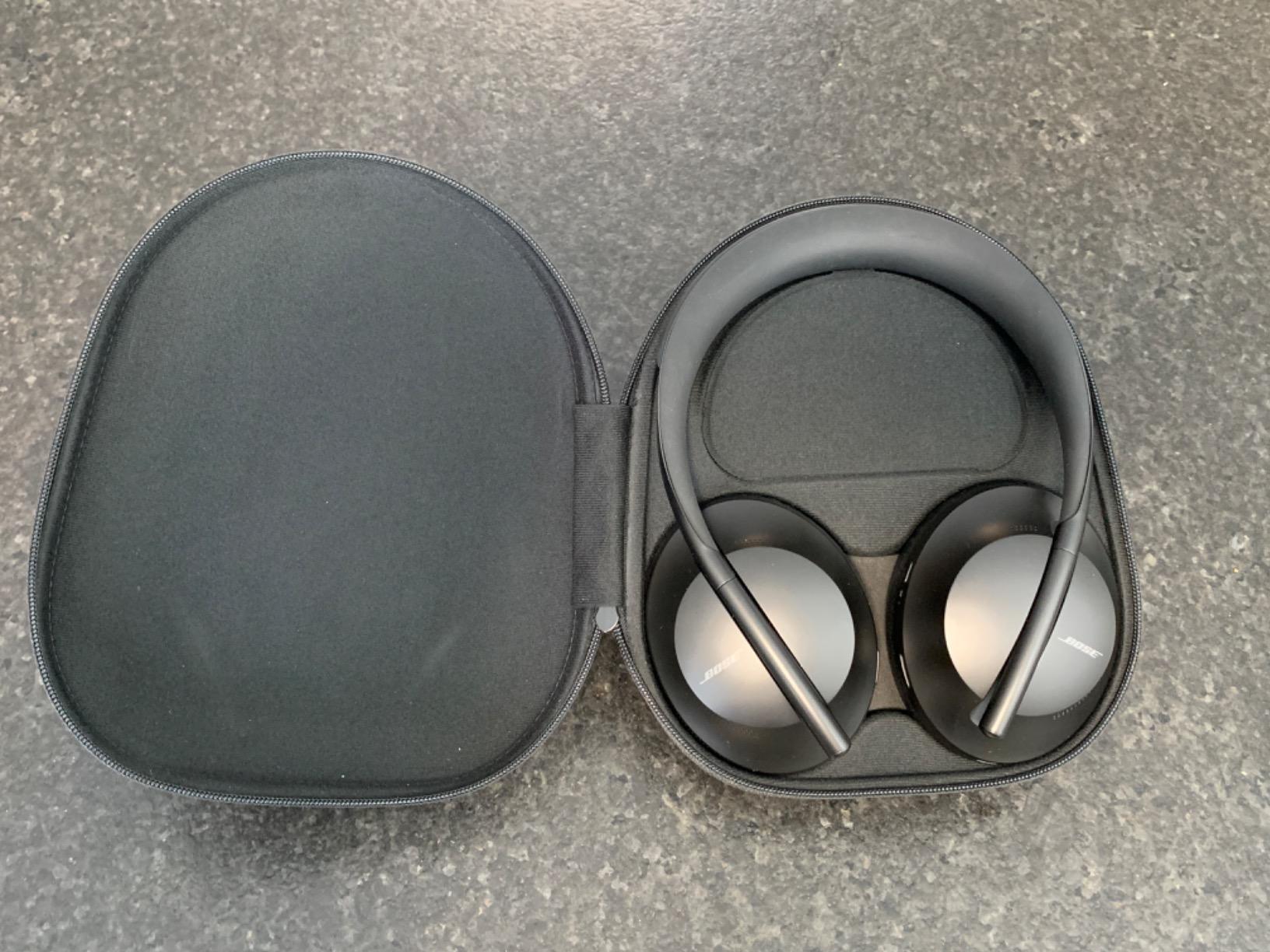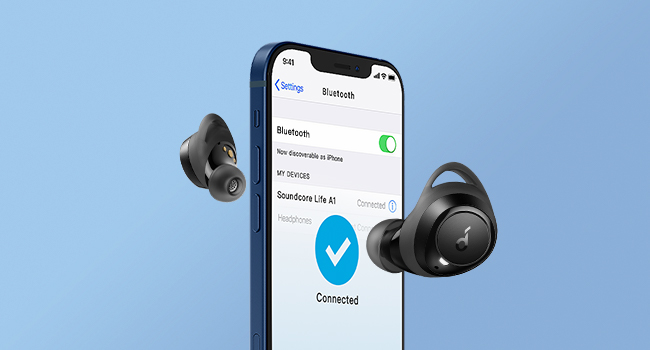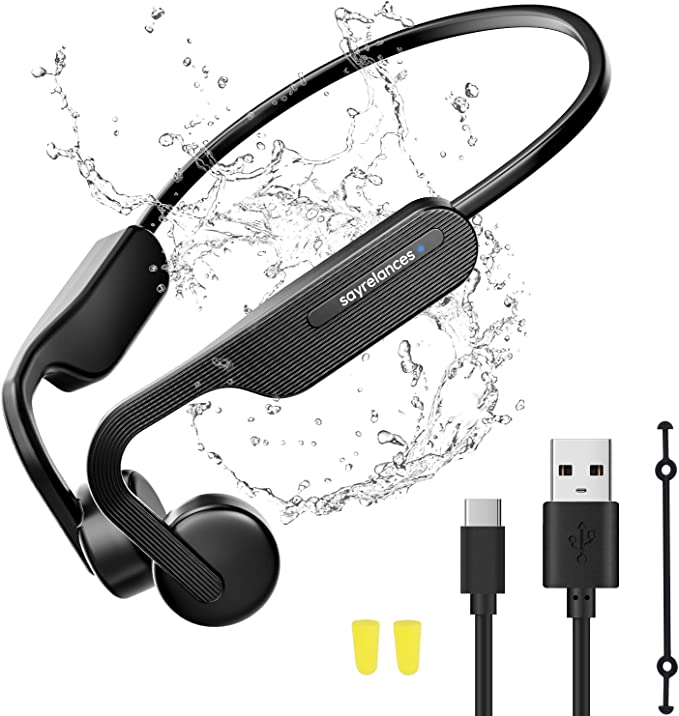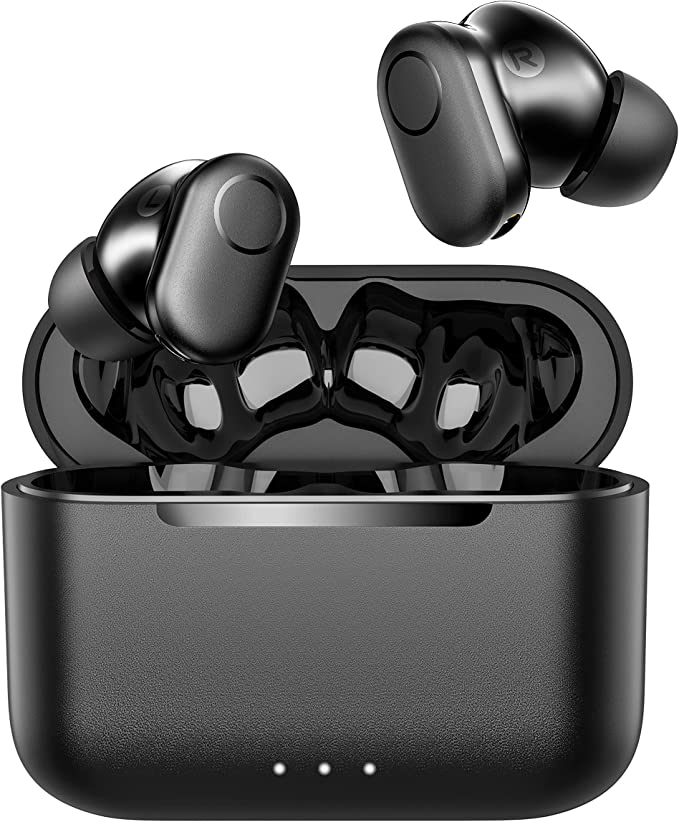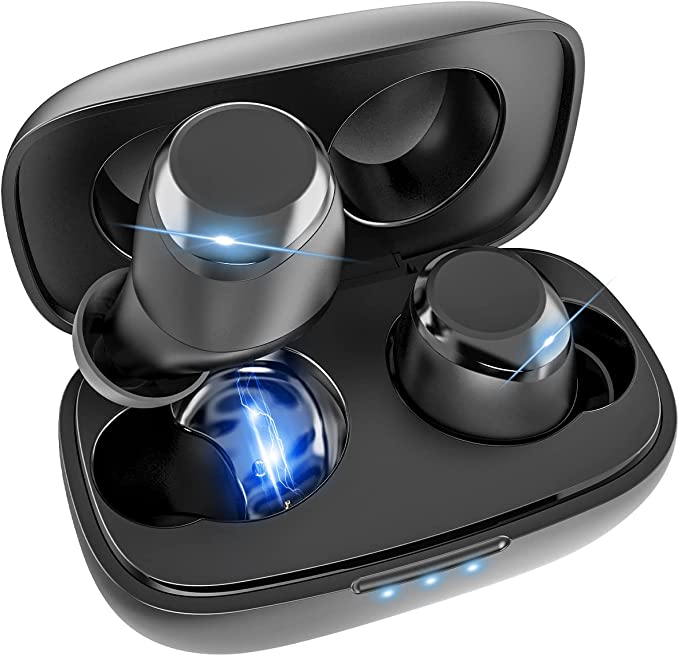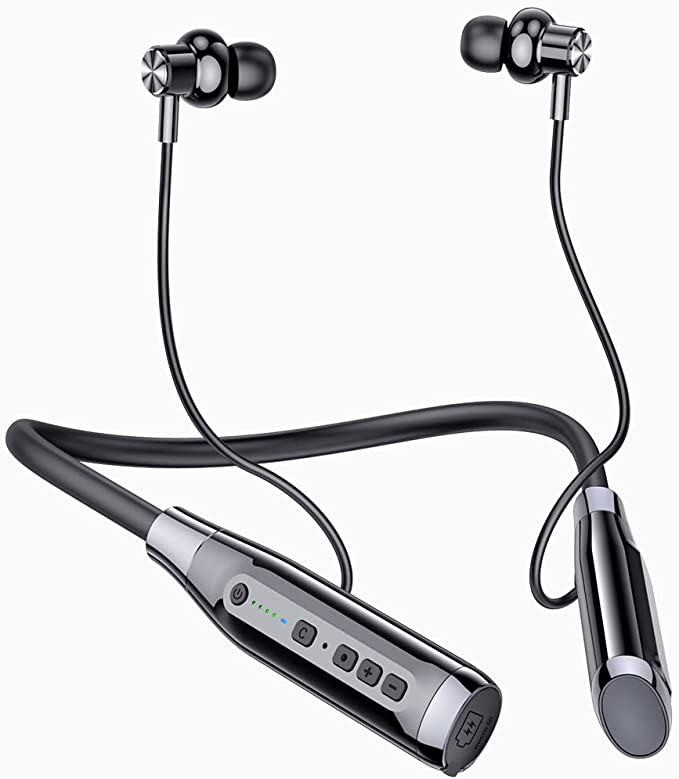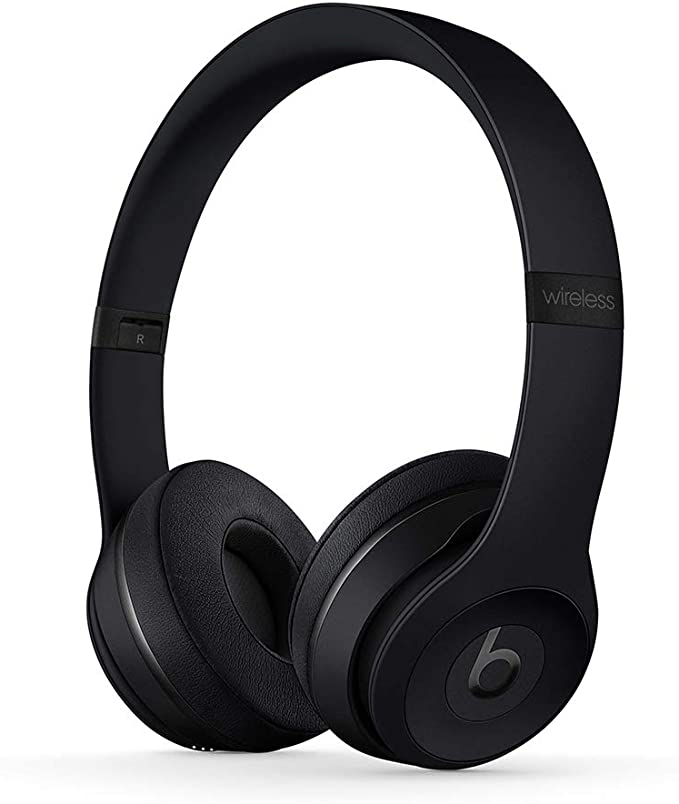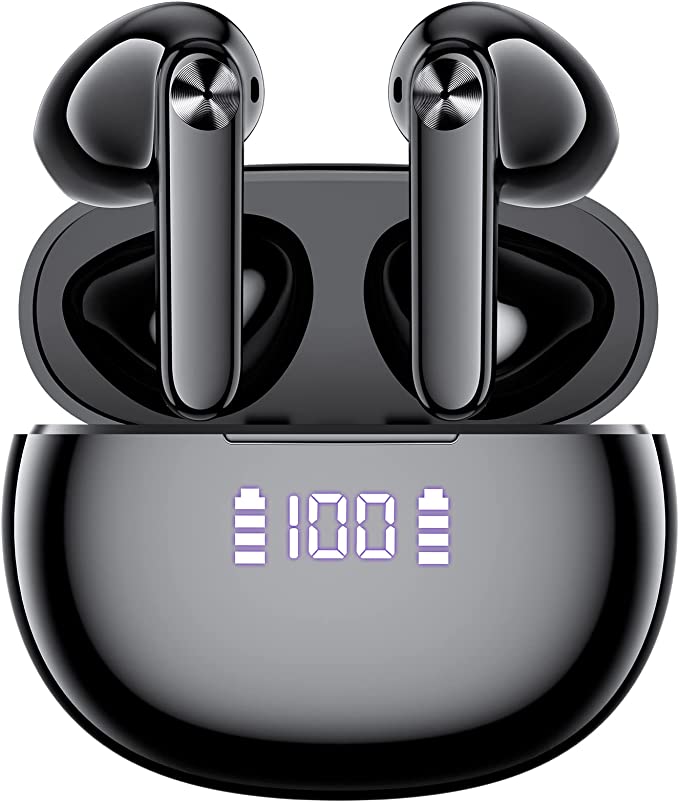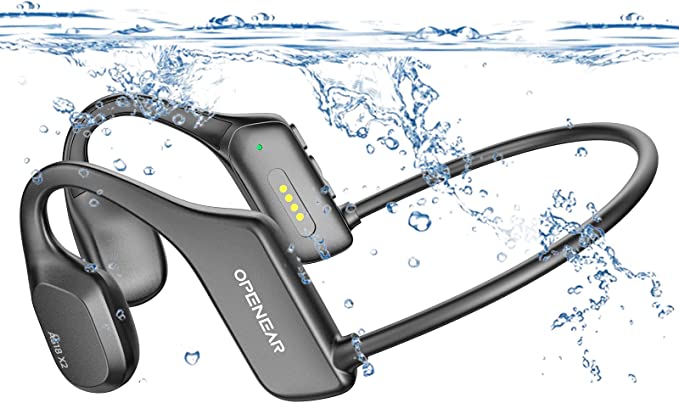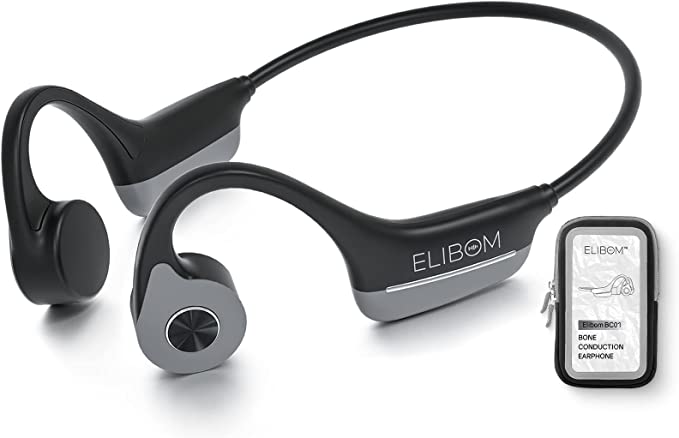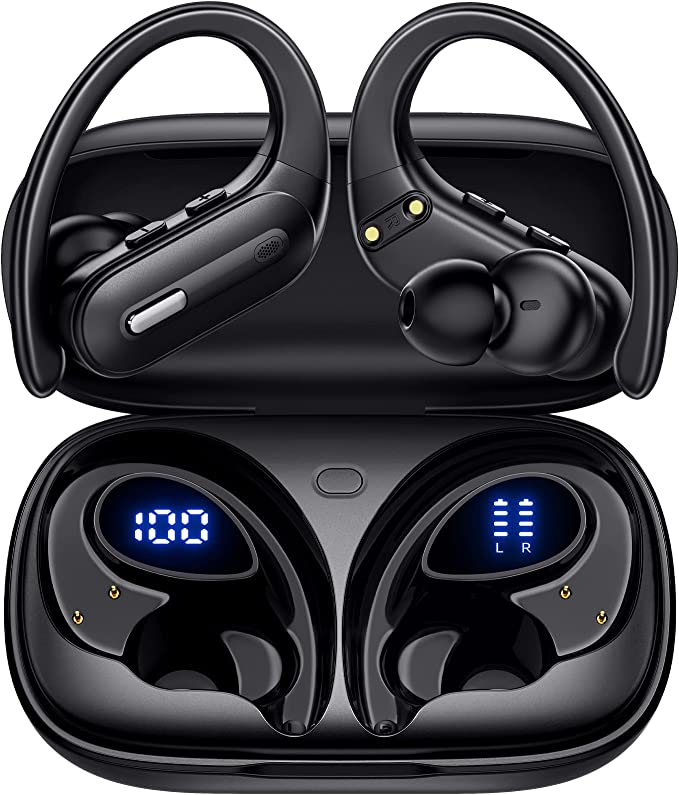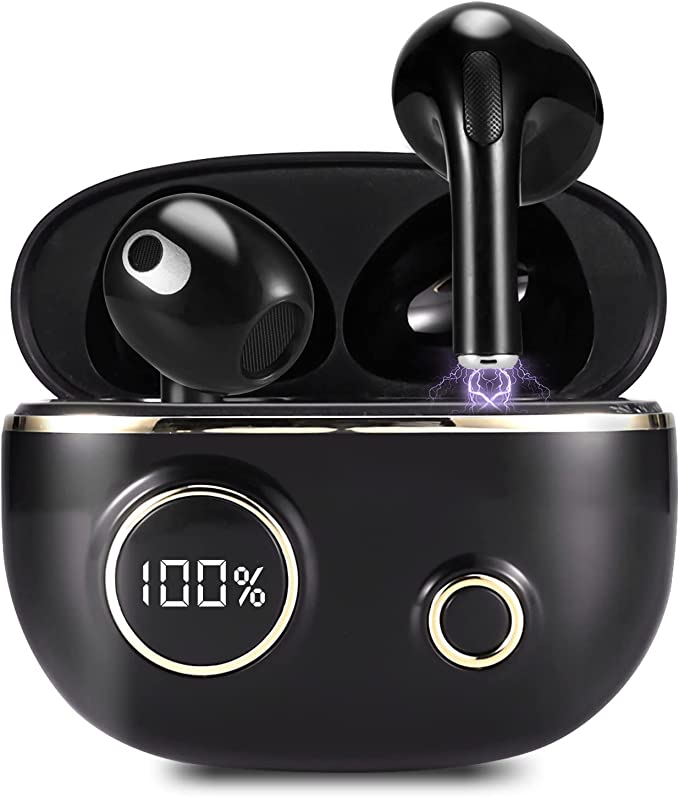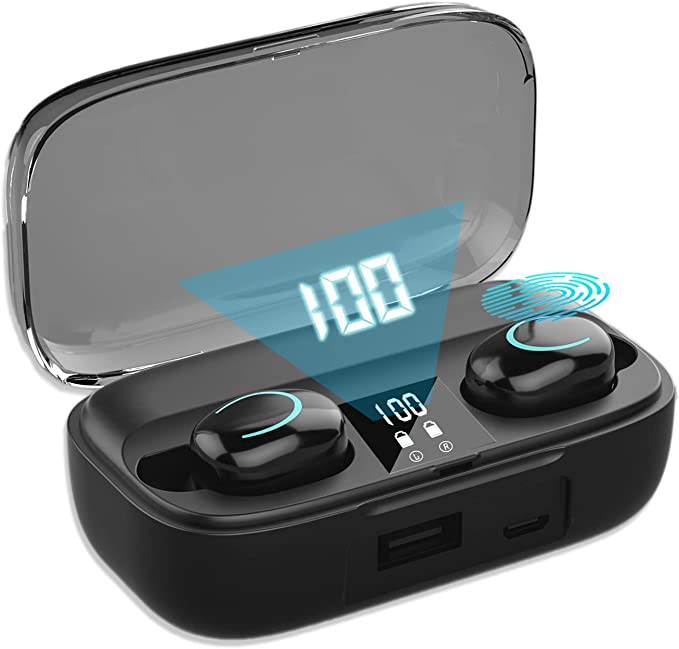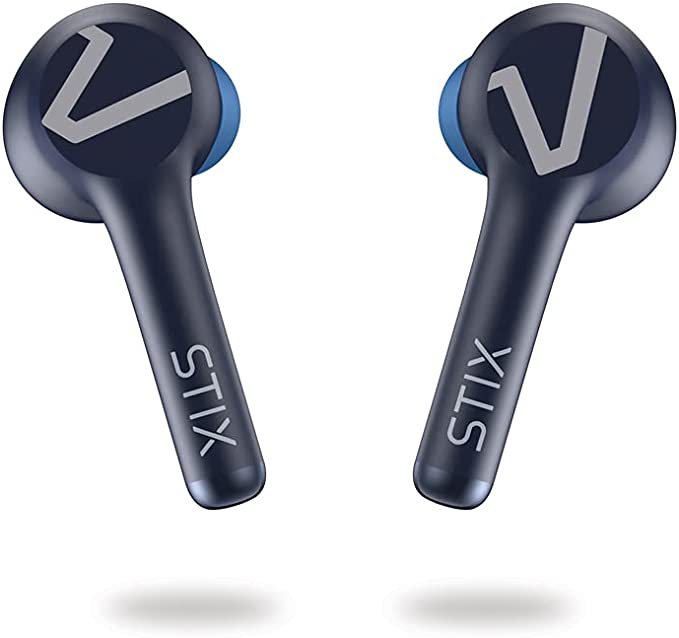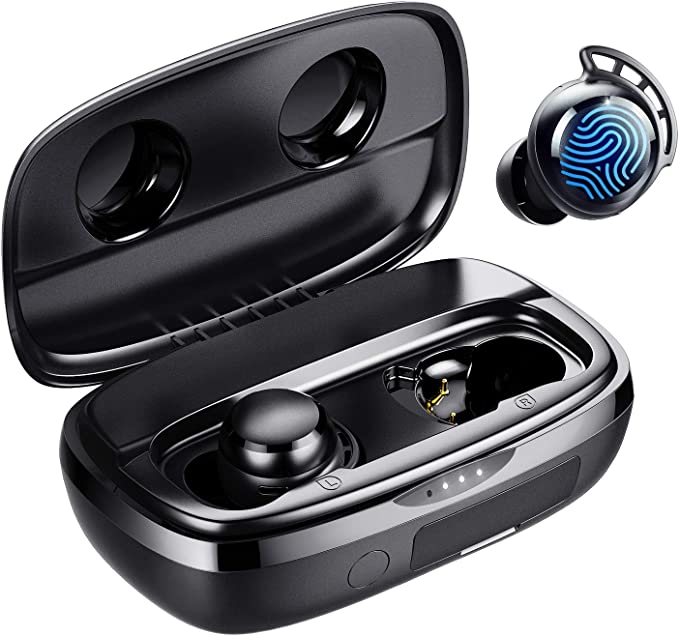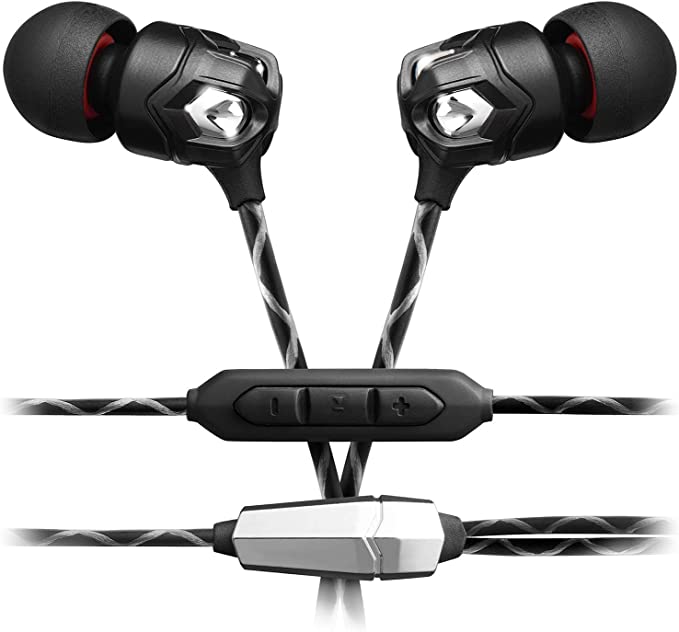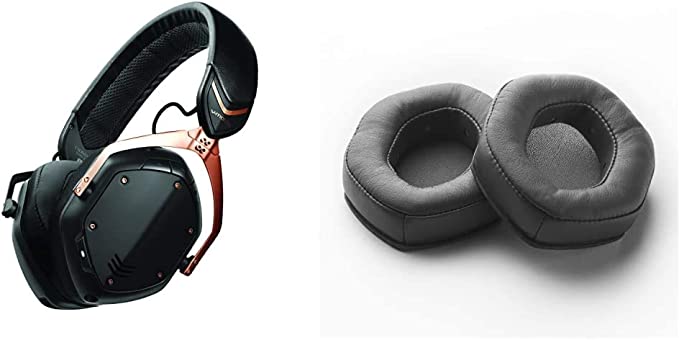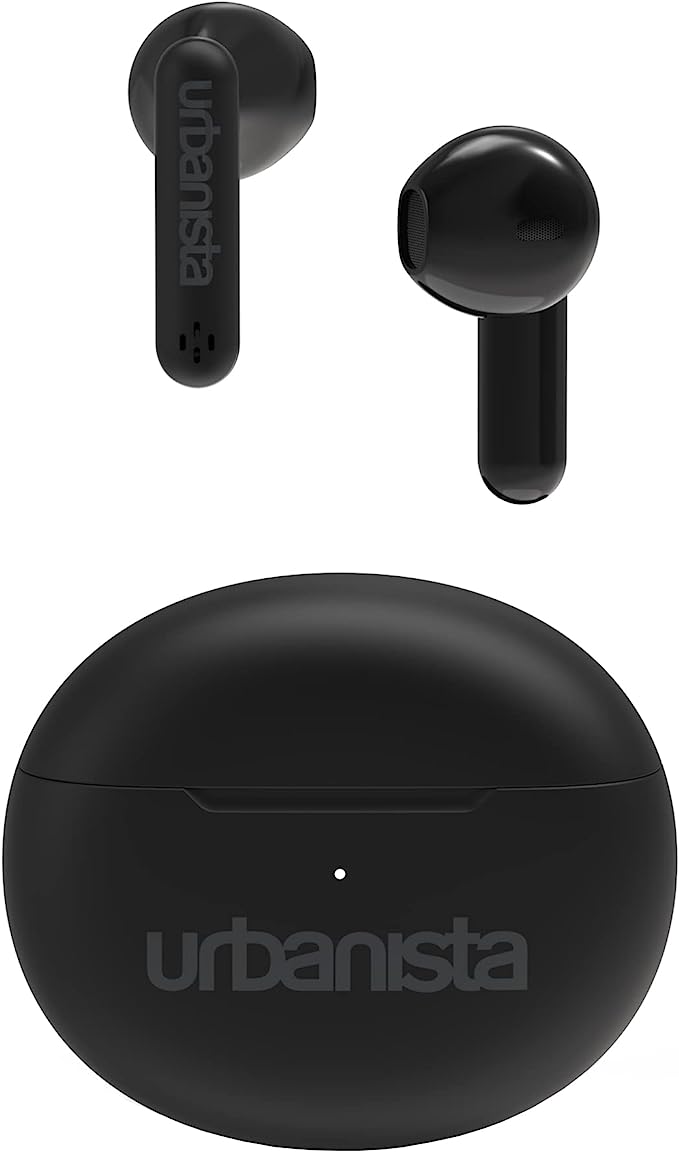Pyle P.M.P.O CD/DVD Stereo System: Powerful Sound for Your Home Entertainment
Update on March 3, 2025, 6:12 a.m.
Pyle P.M.P.O CD/DVD Stereo System: A Deep Dive into Home Audio
The quest for a home audio system that does it all – plays CDs, connects to your phone, hosts karaoke nights, and maybe even makes you a cup of coffee (okay, maybe not that last one) – is a common one. Many of us crave a versatile sound system without breaking the bank or needing a degree in electrical engineering to set it up. Enter the Pyle P.M.P.O CD/DVD Stereo System, a series of all-in-one units that promise big sound and a wide range of features at an accessible price point. But how do these systems actually work, and what should you know before bringing one home? Let’s explore.

Unpacking the Pyle P.M.P.O Series: Features and Functionality
The Pyle P.M.P.O series (note: while the specific model number wasn’t provided, we’ll refer to the series generally) is designed to be the central hub of your home entertainment. Instead of juggling multiple devices, you get a single unit that handles various audio sources. Let’s break down the key features:
- Multi-Source Playback: This is where the Pyle system shines. It’s not just a CD player, although it certainly handles those. You can also play DVDs, connect via Bluetooth to stream music from your phone or tablet, plug in a USB drive loaded with MP3s, or tune into FM radio. There are also traditional RCA inputs and a 3.5mm auxiliary input for connecting older devices. And don’t forget the HDMI port, which allows you to connect to your TV, enhancing your movie-watching experience with better sound than your TV’s built-in speakers can likely provide.
- Karaoke Capabilities: Two microphone inputs transform your living room into a stage. This is a standout feature for those who enjoy sing-alongs or hosting parties.
The Heart of the System: Digital Amplification Explained
At the core of the Pyle P.M.P.O system lies its digital amplifier. You’ll often see amplifiers classified as Class A, Class AB, or Class D. The Pyle uses a Class D amplifier, also known as a switching amplifier. Without getting too bogged down in the technical details, here’s the key difference:
- Traditional Amplifiers (Class A, AB): These amplifiers are always “on,” constantly drawing power and generating heat, even when there’s no audio signal. They’re like a car idling at a stoplight – still burning fuel even though it’s not moving.
- Digital Amplifiers (Class D): These amplifiers work by rapidly switching between “on” and “off” states, thousands of times per second. This is much more efficient, like a car that automatically shuts off its engine at a stoplight and restarts when you press the accelerator. This efficiency means less energy wasted as heat, allowing for smaller, lighter, and more powerful amplifiers.
The Pyle’s digital amplifier allows it to deliver substantial power (200W RMS, as advertised) without requiring a massive, bulky unit. It’s important to understand the difference between RMS (Root Mean Square) and P.M.P.O (Peak Music Power Output). RMS represents the continuous power the amplifier can deliver, while P.M.P.O is a much higher number representing the absolute peak power for a very short burst. RMS is the more realistic and meaningful measurement.

From Source to Sound: How Your Music Travels Through the Pyle System
Let’s trace the journey of a song, from its source to your ears, through the Pyle system.
-
The Source: This could be a CD, a digital file on a USB drive, a streamed song via Bluetooth, or an FM radio signal.
-
Digital-to-Analog Conversion (DAC): If the source is digital (CD, USB, Bluetooth), the digital signal (a series of 0s and 1s) needs to be converted into an analog signal (a continuous wave) that our ears can understand. This is the job of the DAC. The quality of the DAC can significantly impact the sound quality.
-
Pre-Amplification: The weak analog signal from the DAC (or the analog source directly) is then boosted by a pre-amplifier.
-
Equalization (EQ): This is where you can adjust the sound to your liking. The Pyle system offers preset EQ settings like “Jazz,” “Class(ical),” “Rock,” “Flat,” and “Pop.” These settings adjust the levels of different frequencies (bass, midrange, treble) to tailor the sound to different genres of music.
-
Power Amplification: The pre-amplified and equalized signal is then sent to the power amplifier (the Class D amplifier we discussed earlier), which boosts the signal to a level strong enough to drive the speakers.
-
Crossover Network: The amplified signal is then sent to a crossover network within each speaker. This network divides the signal into different frequency ranges.
-
Speaker Drivers: The two-way speakers in the Pyle system have two drivers: a tweeter for high frequencies (like cymbals and vocals) and a woofer for mid-range and some lower frequencies (like guitars and lower voices). The crossover network sends the appropriate frequencies to each driver.
-
Subwoofer: The separate subwoofer handles the very low frequencies (bass), providing the deep, rumbling sound that adds impact to music and movies.
The Lowdown on Bass: Understanding Subwoofers and Frequency Response
The Pyle system is known for its powerful bass, thanks to the dedicated subwoofer. A subwoofer is a speaker specifically designed to reproduce low-frequency sounds, typically below 120Hz. These are the frequencies you feel as much as hear – the rumble of an explosion in a movie or the deep thump of a bass drum.
The system’s frequency response is stated as 120Hz-15KHz. This means the system is designed to reproduce sounds within that range. The lower number (120Hz) represents the lowest frequency the system can effectively reproduce (primarily handled by the subwoofer), and the higher number (15KHz) represents the highest frequency (handled by the tweeters). Human hearing typically ranges from 20Hz to 20kHz, so the Pyle system doesn’t cover the entire audible range. The very lowest bass frequencies (below 120Hz) and the very highest treble frequencies (above 15kHz) will be less pronounced or absent.

Wireless Freedom: Exploring Bluetooth Connectivity
Bluetooth is a key feature of the Pyle system, allowing you to wirelessly stream music from your smartphone, tablet, or computer. The system uses Bluetooth 5.0, which offers several advantages over older versions:
- Faster Data Transfer: Bluetooth 5.0 is faster than previous versions, which can improve audio quality and reduce latency (the delay between the source and the speaker).
- Longer Range: Bluetooth 5.0 theoretically has a longer range than previous versions, although real-world range can be affected by obstacles like walls.
- Lower Power Consumption: Bluetooth 5.0 is more energy-efficient, which can extend the battery life of your mobile devices.
It’s important to note that the actual Bluetooth range can vary depending on the environment. Walls, furniture, and other electronic devices can interfere with the signal.
Beyond Music: Karaoke and More
The inclusion of two microphone inputs sets the Pyle system apart from many standard stereo systems. This instantly transforms it into a karaoke machine, perfect for parties or family fun nights. The system likely includes basic controls for microphone volume and possibly echo effects, allowing you to blend your vocals with the music. While it might not offer the advanced features of a dedicated karaoke system (like key changes or vocal suppression), it provides a readily accessible and fun way to sing along to your favorite tunes.
Sound Advice: Speaker Placement and Equalization
To get the best possible sound from the Pyle P.M.P.O system, or any audio system for that matter, consider these two crucial factors: speaker placement and equalization.
Speaker Placement:
- Stereo Separation: Place the two main speakers at an equal distance from your listening position, forming an equilateral triangle. This creates a proper stereo image, where you can perceive the sound as coming from different locations between the speakers.
- Height: Ideally, the tweeters (the smaller drivers in the speakers) should be at ear level when you’re seated.
- Distance from Walls: Avoid placing the speakers directly against a wall, as this can reinforce bass frequencies and make the sound boomy. Experiment with pulling them out a few inches or feet to find the best balance.
- Subwoofer Placement: Subwoofer placement is less critical than the main speakers, as low frequencies are less directional. However, placing it in a corner can often reinforce the bass, which may or may not be desirable (given the Pyle system’s already strong bass). Experiment with different locations to find what sounds best in your room.
Equalization:
The Pyle system offers preset EQ settings (Jazz, Class, Rock, Flat, Pop). These are convenient starting points, but don’t be afraid to experiment.
- “Flat” Setting: This setting aims to reproduce the audio as it was originally recorded, without boosting or cutting any frequencies. It’s a good starting point for critical listening.
- Genre-Specific Settings: The other settings (Jazz, Class, Rock, Pop) are tailored to enhance certain frequencies commonly associated with those genres. For example, the “Rock” setting might boost the bass and treble for a more “exciting” sound.
- Manual Adjustment: If possible (depending on the specific model), manually adjust the bass, midrange, and treble controls to fine-tune the sound to your preferences and your room’s acoustics. Addressing those negative feedbacks that the bass are overpowering, even at lower settings. Adjust bass/treble controls and EQ settings would optimize sound.
A Balanced Perspective: Considering the Pros and Cons
Based on the available information and user feedback, here’s a balanced assessment of the Pyle P.M.P.O system:
Pros:
- Versatility: Handles a wide variety of audio sources.
- Affordability: Offers a lot of features for its price.
- Karaoke Function: A fun addition for parties and sing-alongs.
- Powerful Bass: The subwoofer delivers strong low-end response.
- All-in-One Design: Simplifies setup and reduces clutter.
- Ease of Use:Simple installation and operation steps.
- Sleek Design:Looks good with other furniture.
Cons:
- Sound Quality (Overall): While powerful, the sound may not be refined enough for audiophiles.
- Overpowering Bass: The bass can be too strong and muddy, requiring careful adjustment.
- Limited Frequency Response: Doesn’t cover the full audible range.
- Potential Remote Control Issues: Some users have reported problems with responsiveness.
- Bluetooth Range May Vary: Real-world range might be less than advertised.
- High THD: <10% THD is acceptable, but it would impact sound quality, especially at loud volume.
- Low S/N Ratio: 52dB is fair.
The Final Verdict: Is the Pyle P.M.P.O System Right for You?
The Pyle P.M.P.O CD/DVD Stereo System occupies an interesting niche in the home audio market. It’s not a high-end system for discerning audiophiles, nor is it a bare-bones, low-quality product. It’s a versatile, affordable, all-in-one solution that’s particularly well-suited for:
- Casual Listeners: Those who want a decent-sounding system for everyday music listening, movies, and parties.
- Karaoke Enthusiasts: Those who prioritize the karaoke function.
- Budget-Conscious Buyers: Those who want a lot of features without spending a lot of money.
- Beginner: Easy to install.
However, if you’re highly critical of sound quality and demand pristine audio reproduction, you might want to consider other options, likely at a higher price point. The Pyle system prioritizes versatility and affordability over audiophile-grade sound.
Beyond the Pyle: A Glimpse into the Future of Home Audio
The Pyle P.M.P.O system represents a snapshot of current home audio technology, but the field is constantly evolving. Here are some trends to watch:
- Wireless Audio: Wi-Fi-based audio systems are becoming increasingly popular, offering higher bandwidth and multi-room capabilities.
- Smart Speakers: Integration with voice assistants (like Alexa and Google Assistant) is becoming more common.
- Immersive Sound: Formats like Dolby Atmos and DTS:X are creating more realistic and immersive soundscapes.
- High-Resolution Audio: Digital audio formats that offer higher fidelity than CDs are gaining traction.
- Personalized Audio: AI-powered systems that tailor the sound to your individual hearing preferences.
- Sustainable design: More eco-friendly and energy-efficient product would be expected.
While the Pyle P.M.P.O system may not incorporate all of these cutting-edge features, it provides a solid foundation for enjoying a variety of audio content in your home. It’s a reminder that technology continues to make entertainment more accessible and versatile. Remember to check the specific model number and read recent user reviews before making a purchase, as features and performance can vary within the Pyle P.M.P.O series.



